
Gardening is a delightful and rewarding activity, offering numerous benefits such as physical exercise, mental relaxation, and the joy of nurturing life. For seniors, it's especially important to maintain a garden that's easy to manage and enjoy. This guide will provide practical advice on designing and maintaining a low-maintenance garden, from plant choices to time-saving techniques.
Step 1: Assess Your Space
Before starting, take a good look at your garden space. Consider factors like sun exposure, soil quality, and accessibility. Ensure that the garden is easily reachable and safe, especially if you have mobility concerns. Raised beds, vertical gardens, and container gardening are excellent options that can reduce bending and reaching.
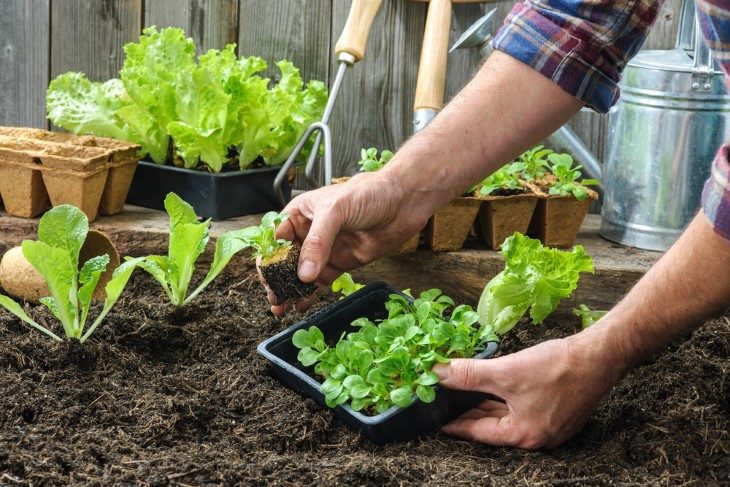
Sun Exposure: Identify areas of full sun, partial shade, and full shade. This will help you choose the right plants for each area.
Soil Quality: Test your soil to determine its pH and nutrient levels. Amend the soil as needed to provide a healthy growing environment for your plants.
Accessibility: Plan paths that are wide enough for easy navigation, especially if you use a walker or wheelchair. Consider placing benches or resting spots around the garden for convenience.
Design with simplicity in mind
A simple garden layout is key to low maintenance. Opt for wide paths that are easy to navigate and keep plants within easy reach. Raised beds can bring your plants closer, reducing the need to bend over. Vertical gardens and hanging baskets can save ground space and add visual interest without increasing maintenance.
Raised Beds: These can be built to a height that minimizes bending. Use materials like wood, metal, or stone. Examples include using untreated cedar wood for its durability or repurposed materials like old bathtubs or barrels.
Vertical Gardens: Create a living wall using trellises or hanging planters. Plants like strawberries, beans, and herbs thrive in vertical setups. Pallets can be an inexpensive and creative solution.
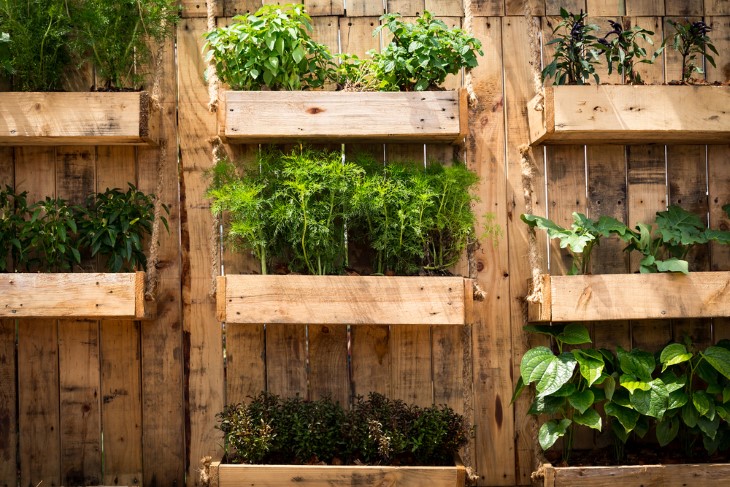
Container Gardening: Use pots and containers for flexibility. Choose large pots to reduce the frequency of watering. Examples include dwarf citrus trees, cherry tomatoes, and ornamental grasses.
Step 2: Choosing the Right Plants
Perennials vs. Annuals
Perennials, which come back every year, are a great choice for a low-maintenance garden. They reduce the need for yearly planting and can provide consistent beauty. Consider plants like hostas, daylilies, and lavender. These plants are not only hardy but also require minimal care once established.
Hostas: Ideal for shady areas, hostas come in various sizes and leaf colors, providing lush foliage with little effort.
Daylilies: These flowers thrive in full sun to partial shade and bloom year after year with minimal care.
Lavender: Known for its fragrance and drought tolerance, lavender is perfect for sunny spots and attracts pollinators.
Drought-Resistant plants
Choosing drought-resistant plants can significantly cut down on watering needs. Succulents, ornamental grasses, and native plants are excellent choices. They thrive with minimal water and are often more resistant to pests and diseases.
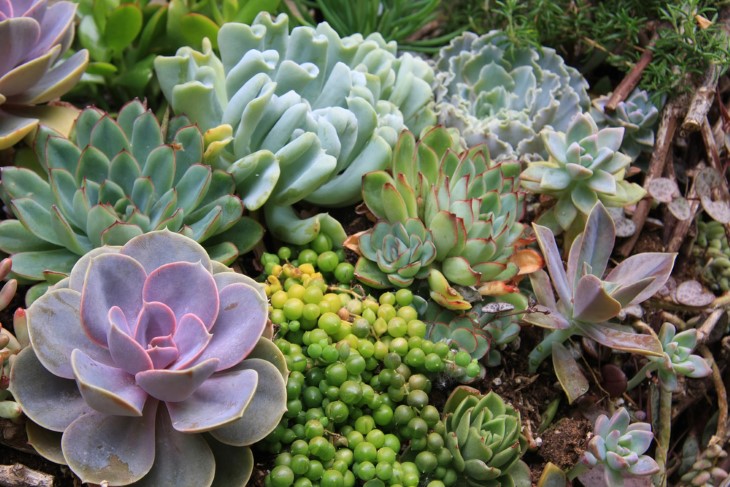
Succulents: Examples include sedum, hens-and-chicks, and echeveria. These plants store water in their leaves and require very little care.
Ornamental Grasses: Fountain grass, blue fescue, and switchgrass add texture and movement to the garden. They are hardy and require little water once established.
Native Plants: Plants that are native to your region are adapted to local conditions and require less care. Examples include coneflowers, black-eyed Susans, and yarrow.
Low-Maintenance Vegetables: Growing vegetables can be both fun and rewarding. Opt for easy-to-grow varieties such as tomatoes, beans, and salad greens. Dwarf or bush varieties are particularly good for small spaces and container gardens, making them easier to manage.
Tomatoes: Cherry and grape tomatoes are prolific producers and can be grown in containers or small garden spaces.
Beans: Bush beans are compact and easy to harvest. Pole beans can be grown vertically to save space.
Salad Greens: Lettuce, spinach, and arugula grow quickly and can be harvested multiple times throughout the season.
Step 3: Time-Saving gardening techniques
Mulching
Mulching is a fantastic way to reduce weeds and retain moisture in the soil. Organic mulches like wood chips, straw, or compost not only suppress weeds but also enrich the soil as they decompose. Apply a 2-4 inch layer of mulch around your plants, making sure to leave a small gap around the base of each plant to prevent rot. Replenish mulch annually or as needed to maintain its effectiveness.
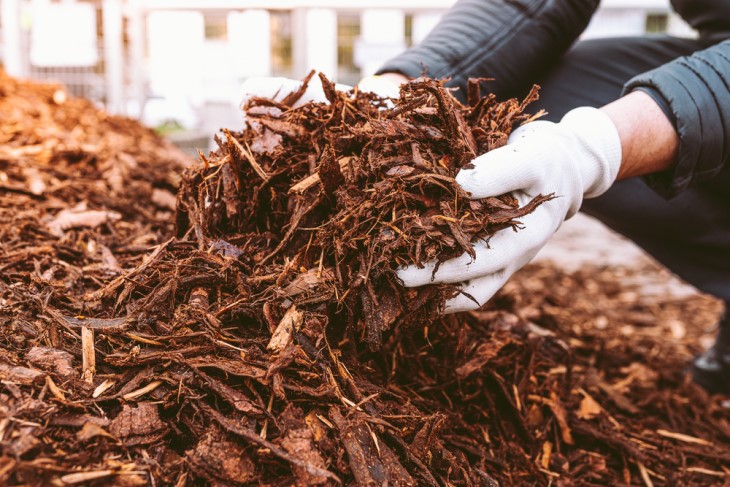
Types of Mulch:
Wood Chips: These are great for paths and around shrubs and trees. They break down slowly, adding organic matter to the soil over time.
Straw: Ideal for vegetable gardens, straw mulch decomposes quickly and improves soil texture. Ensure it's weed-free straw to avoid introducing weeds into your garden.
Compost: Using compost as mulch provides immediate nutrients to your plants. It’s especially beneficial around perennials and in flower beds.
Drip Irrigation Systems
A drip irrigation system can save you a lot of time and water. It delivers water directly to the roots, reducing evaporation and ensuring that plants get the moisture they need. Setting up a basic system is straightforward and can make a big difference in your garden’s upkeep.

Why use it?
Water Efficiency: Drip systems use 30-50% less water compared to traditional watering methods.
Reduced Weed Growth: By delivering water directly to the plants, there’s less water available for weeds to grow.
Healthier Plants: Consistent moisture levels lead to healthier, more robust plants.
Installation Tips
Composting
Composting is an easy way to improve soil health with minimal effort. Use a compost bin or tumbler to recycle kitchen scraps and garden waste into nutrient-rich compost. Regularly adding compost to your garden can reduce the need for chemical fertilizers and improve plant health.
Getting Started with composting:
Choose a compost bin or tumbler that suits your space. Tumblers are great for quick composting and easy turning.
Add a mix of green (nitrogen-rich) and brown (carbon-rich) materials. Greens include kitchen scraps, grass clippings, and coffee grounds. Browns include leaves, straw, and cardboard.
Maintenance Tips:
Turn the compost regularly to aerate it and speed up decomposition.
Keep the compost moist, like a damp sponge, to facilitate microbial activity.
Avoid adding meat, dairy, or diseased plants to prevent odors and pests.
Using Compost:
Mix finished compost into garden beds to improve soil structure and fertility.
Use it as a top dressing for existing plants to provide a nutrient boost.
Weed Control
Effective weed control can save you countless hours of maintenance. By preventing weeds from taking root, you’ll spend less time pulling them out and more time enjoying your garden.
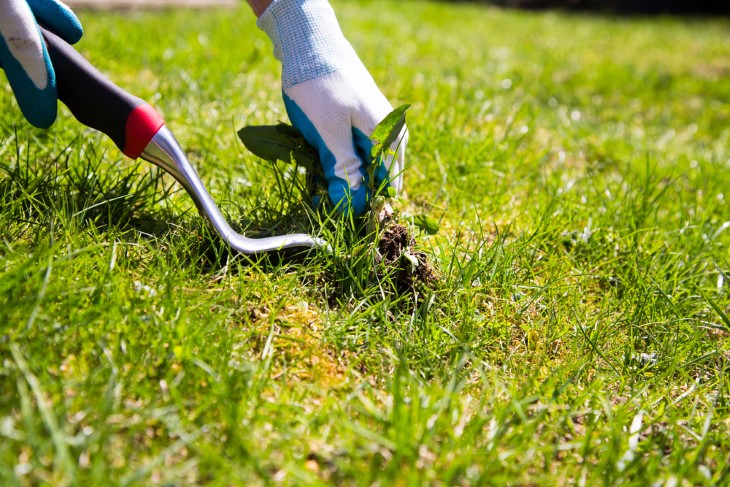
Preventative Measures:
Mulching: As mentioned, a thick layer of mulch can significantly reduce weed growth.
Landscape Fabric: Lay landscape fabric under mulch in flower beds and around shrubs to block weed growth.
Pre-Emergent Herbicides: Apply these products early in the season to prevent weed seeds from germinating. Look for organic options that are safe for your garden.
Weeding Tools: Use long-handled weeders or hoes to remove weeds without bending over.
Weeding Techniques: Pull weeds when the soil is moist for easier removal. Focus on removing the entire root to prevent regrowth.
Plant Selection and Placement
Choosing the right plants and placing them strategically can reduce maintenance needs.
Plant Companions: Companion planting can help control pests and promote healthy growth. For example, planting marigolds near tomatoes can deter nematodes.
Group plants with similar water and sunlight needs together to simplify care.
Ground Covers:
Use low-maintenance ground covers like creeping thyme, ajuga, or sedum to fill spaces between plants. They suppress weeds and reduce the need for mulch.
Native Plants:
Native plants are adapted to your local climate and soil, requiring less water and care. Examples include black-eyed Susans, coneflowers, and bee balm.
Pruning and Deadheading
Regular pruning and deadheading can keep your garden looking tidy and encourage healthy growth.
Pruning Tips:
Use sharp, clean tools to make clean cuts and prevent disease.
Prune in the late winter or early spring before new growth begins, except for spring-blooming shrubs which should be pruned after they flower.
Remove dead, damaged, or diseased branches first, then thin out crowded areas to improve air circulation.
Deadheading Tips:
Regularly remove spent flowers from annuals and perennials to encourage more blooms.
For plants like roses, cut back to a set of healthy leaves or a bud facing outward.
By implementing these time-saving gardening techniques, you can create a beautiful, low-maintenance garden that allows you to enjoy the pleasures of gardening without the constant upkeep.
Step 4: Some essential tools for a low-maintenance garden
Ergonomic Tools
Investing in ergonomic tools can make gardening more comfortable and less strenuous. These tools are designed to reduce physical effort, minimize strain, and make gardening accessible for seniors. Here are some ergonomic tools to consider:

Automated Tools Automated tools can significantly reduce your workload and make gardening more efficient. Here are some automated tools that can help maintain your garden with minimal manual effort:
Step 5: Seasonal Maintenance Tips
Since we are in summer, here are some summer care tips:
Summer is the season of growth and abundance in the garden, but it can also bring challenges like heat, drought, and pests. Maintaining a regular care routine helps your garden thrive with minimal effort.
A few words in conclusion
Creating a low-maintenance garden is all about smart planning and making the right choices. By selecting the right plants, using time-saving techniques, and investing in ergonomic tools, you can enjoy a beautiful garden without the constant upkeep. Gardening can bring immense joy and numerous health benefits, especially for seniors, when it's designed to be manageable and stress-free.
We hope these tips inspire you to start your own low-maintenance garden. Share your gardening tips and experiences in the comments below. For more resources on gardening for seniors and low-maintenance gardening techniques, check out our additional articles and guides.